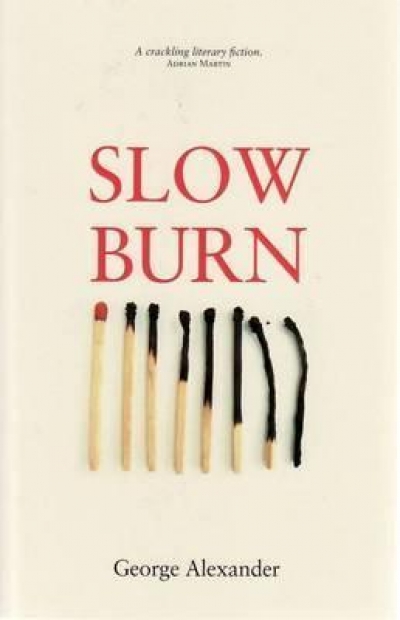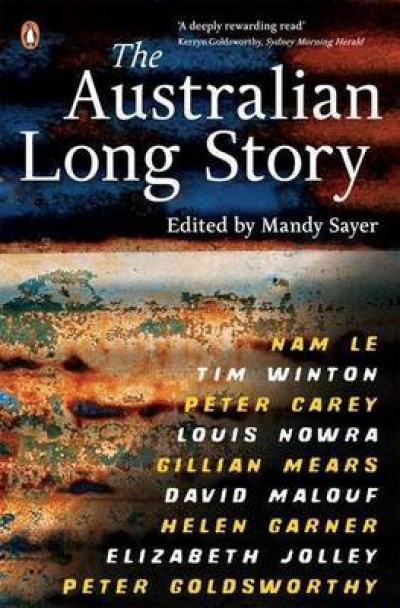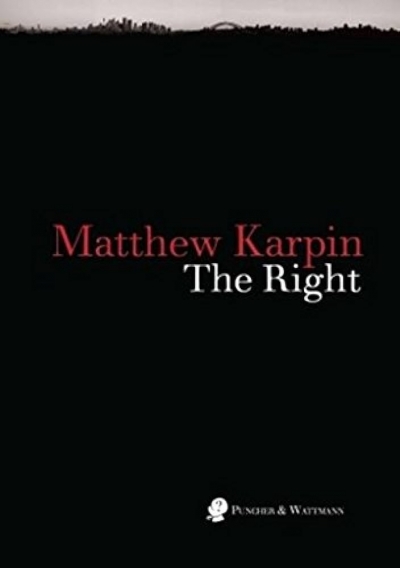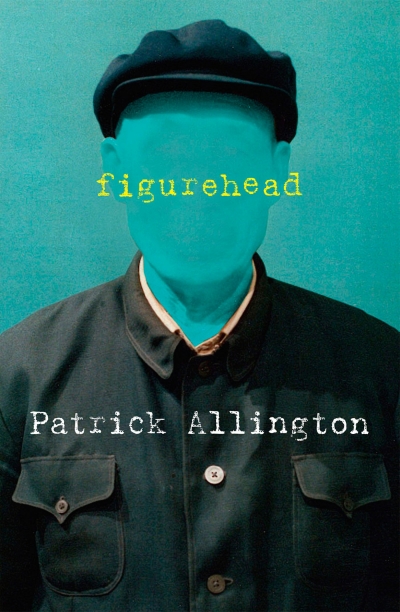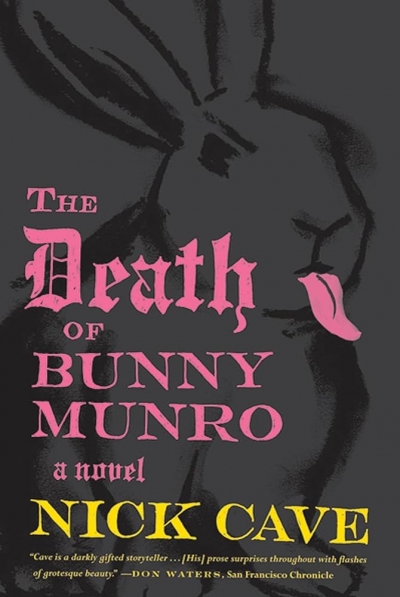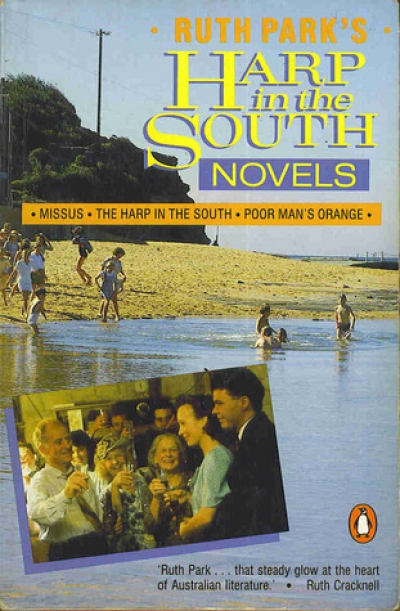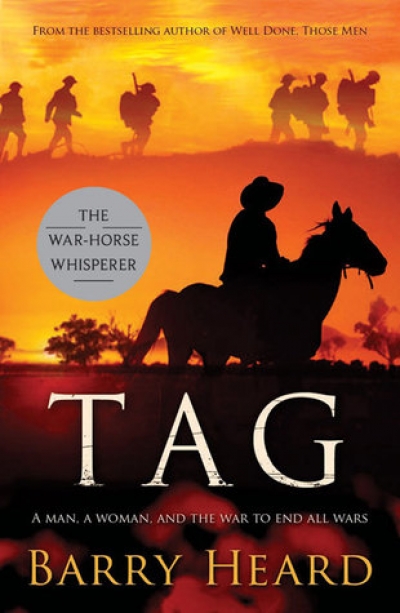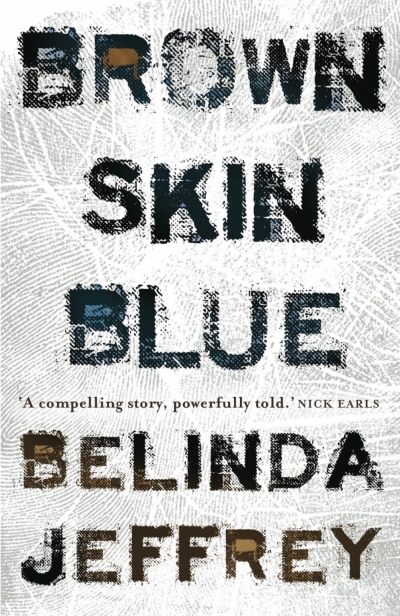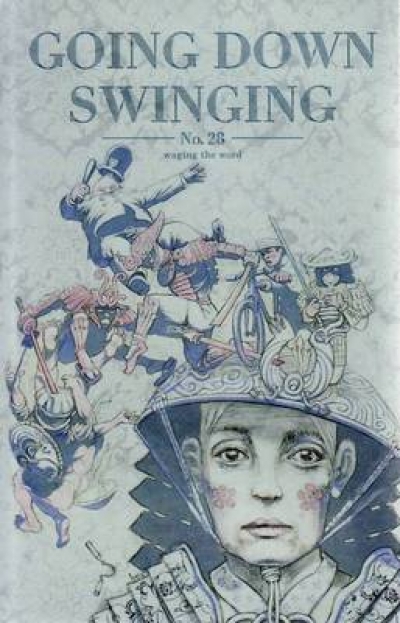Australian Fiction
ON CLOUDSTREET
When we sought readers’ nominations for the ABR Favourite Australian Novel of any era or genre, we anticipated goodly interest in the poll, partly because we know you are a well-read and passionate bunch, but also because Oxford University Press and Penguin had offered us a couple of outstanding prizes to complement our three-year subscription to the magazine.
... (read more)The reissue in one volume of three of Ruth Park’s much-loved novels The Harp in the South (1948), its sequel Poor Man’s Orange (1949), and the prequel Missus (1985) is welcome. The trilogy completes the family saga, taking the Darcy family from its emigrant beginnings in the dusty little outback towns where Hughie and Margaret meet and marry, to their life in the urban jungle of Surry Hills, then for-ward to the 1950s when the next generation prepares to leave the slums for the imagined freedom of the bush. These are Australian classics, but classics of the vernacular, of the ordinary people. They should never be allowed to disappear from public consciousness.
... (read more)
